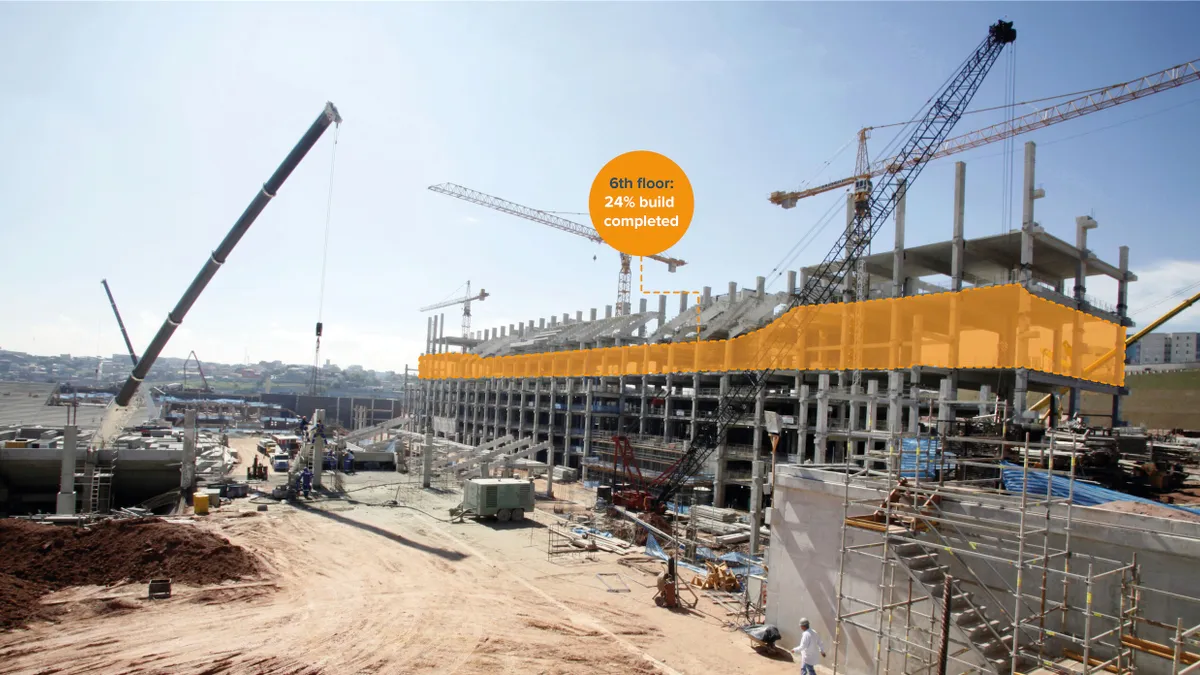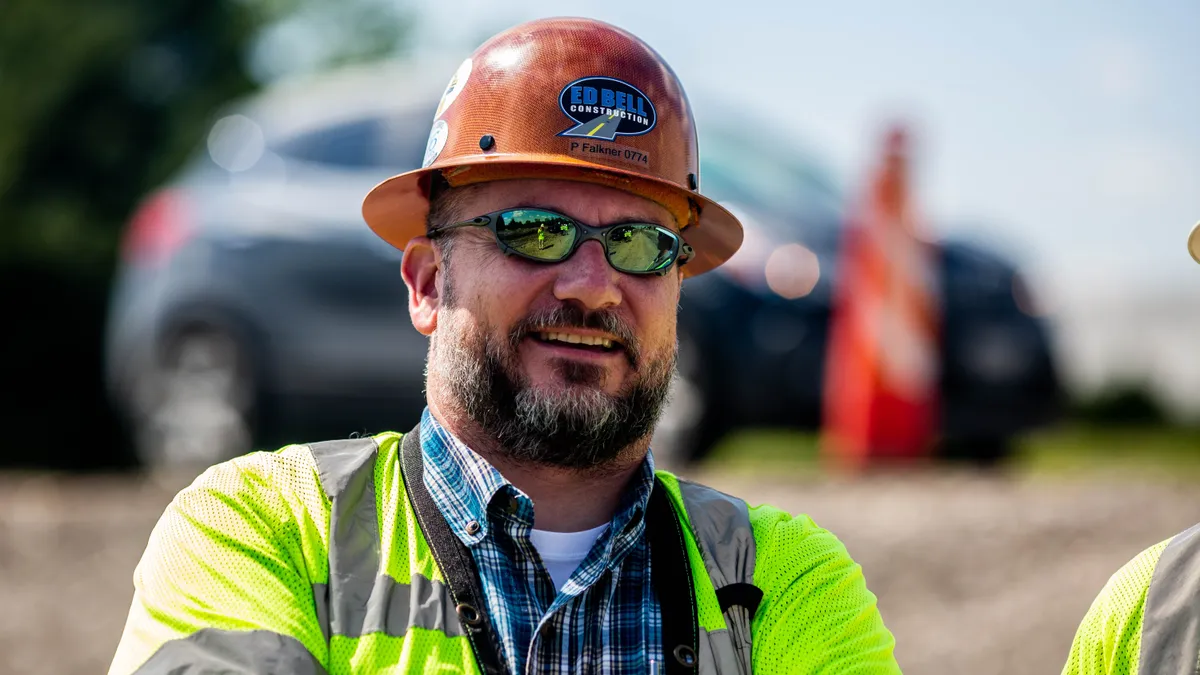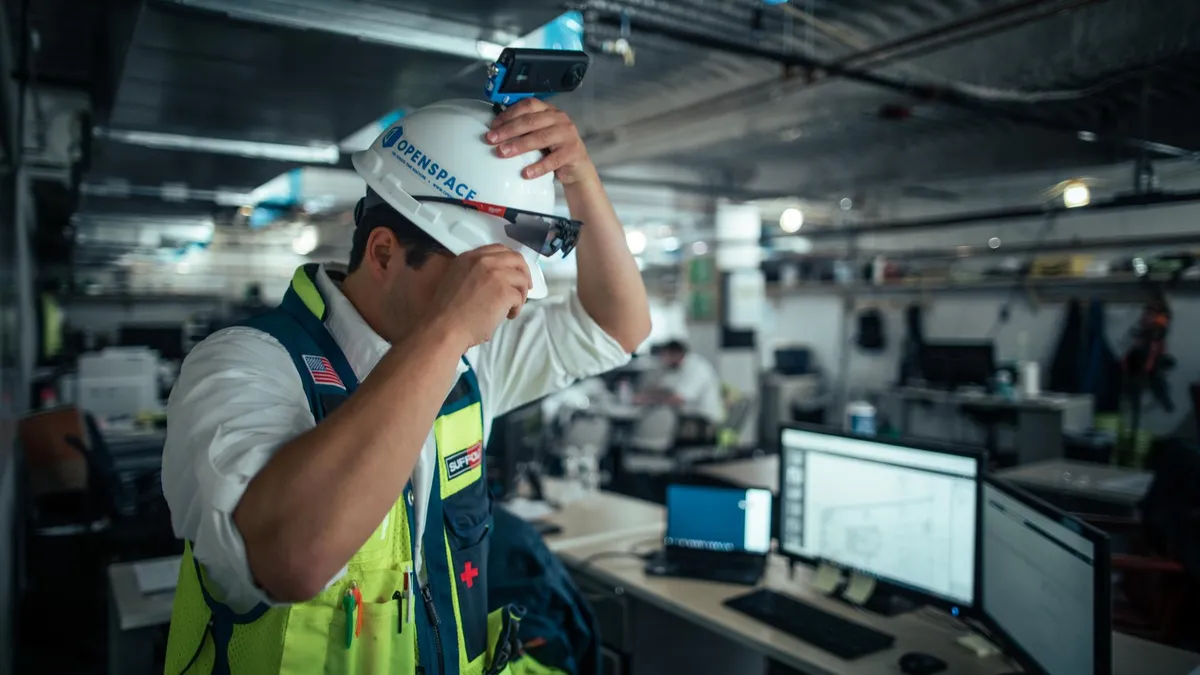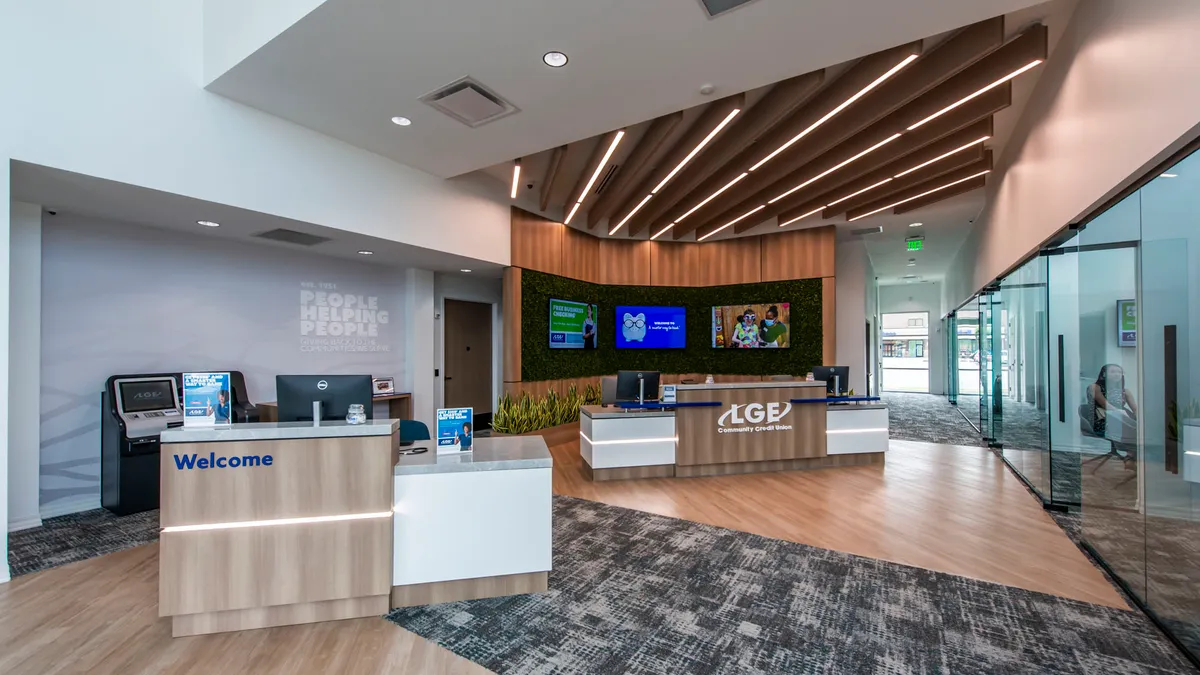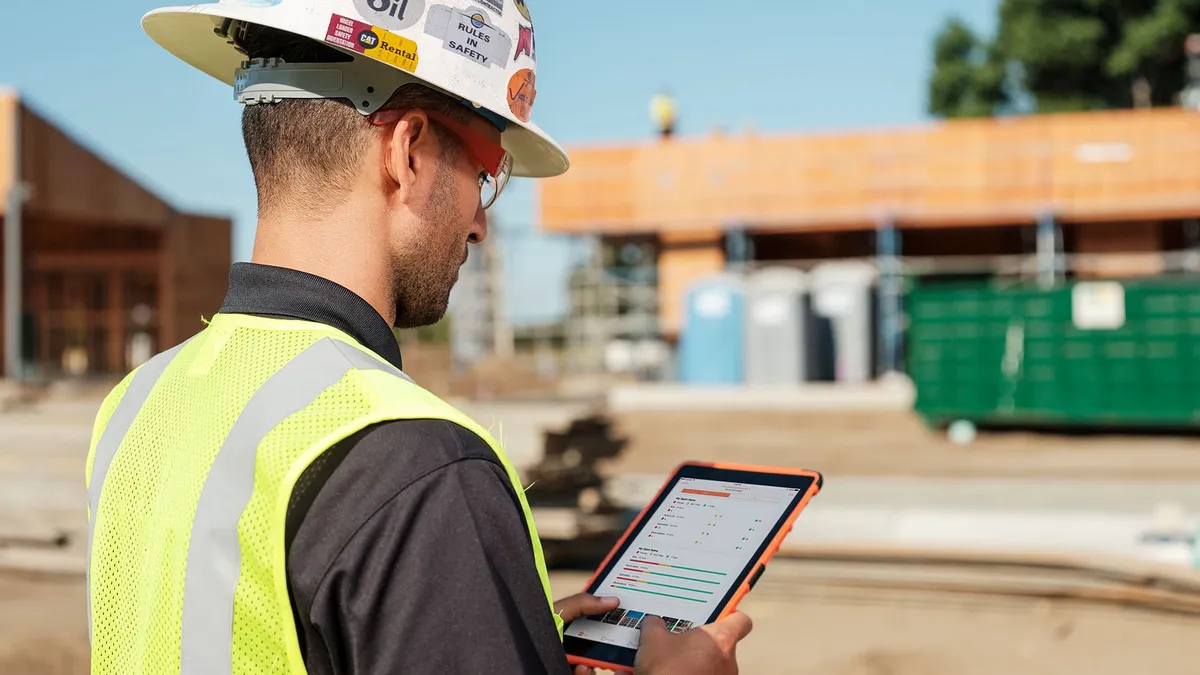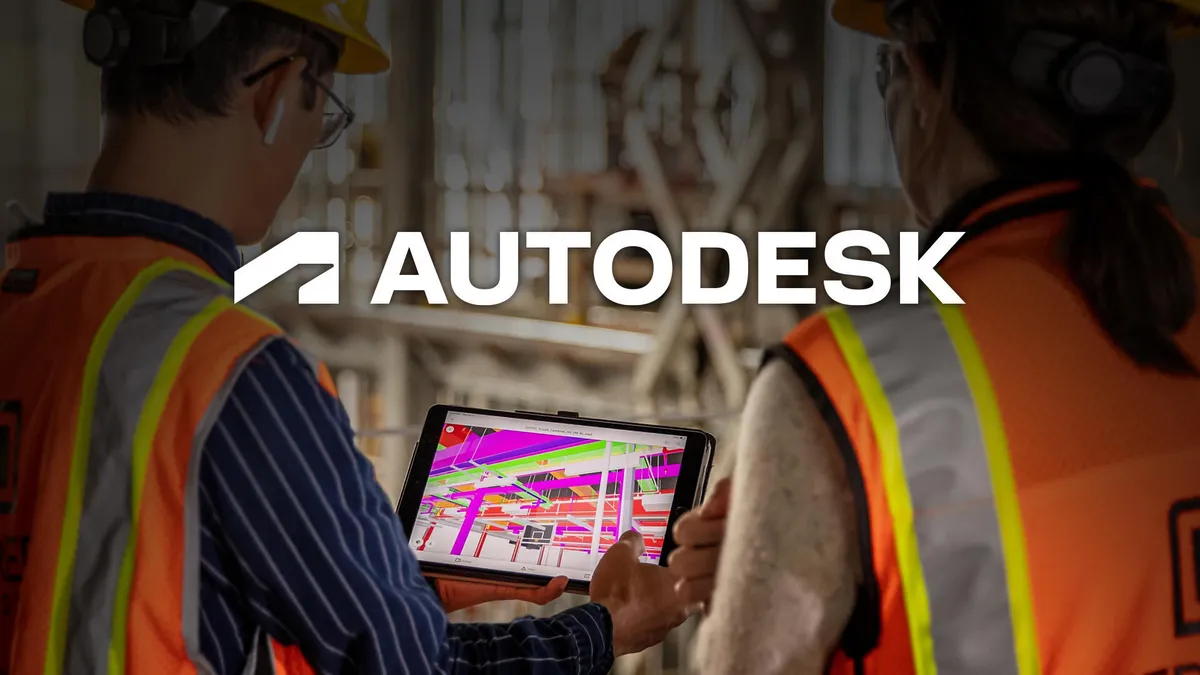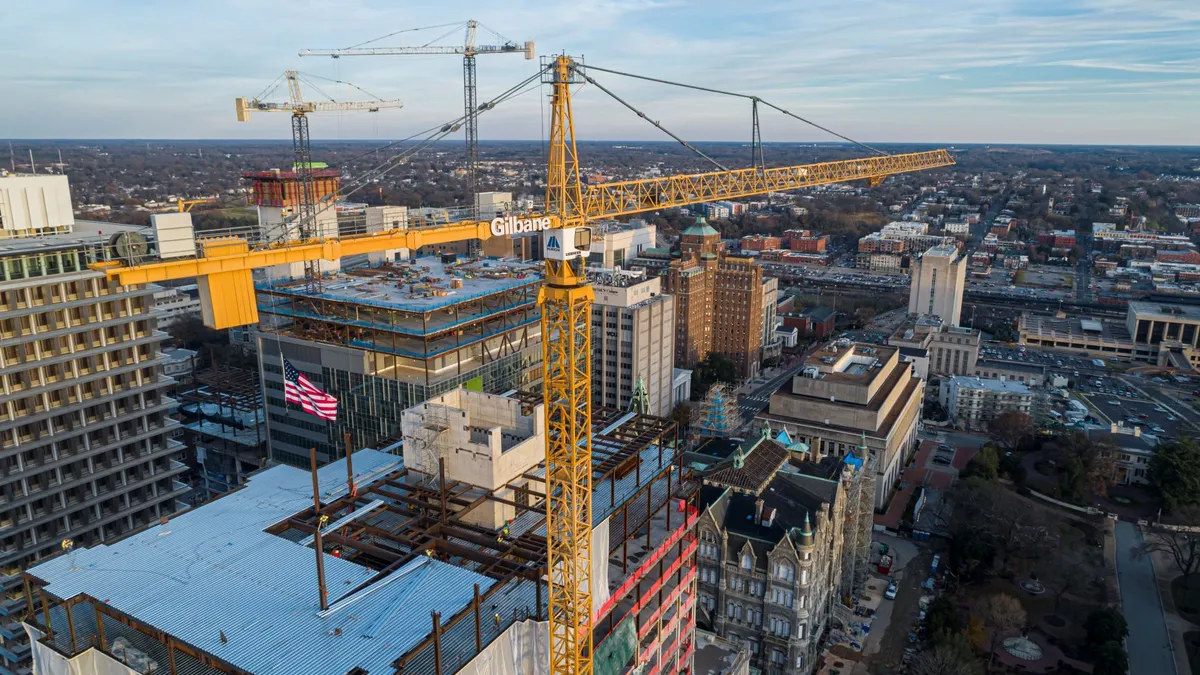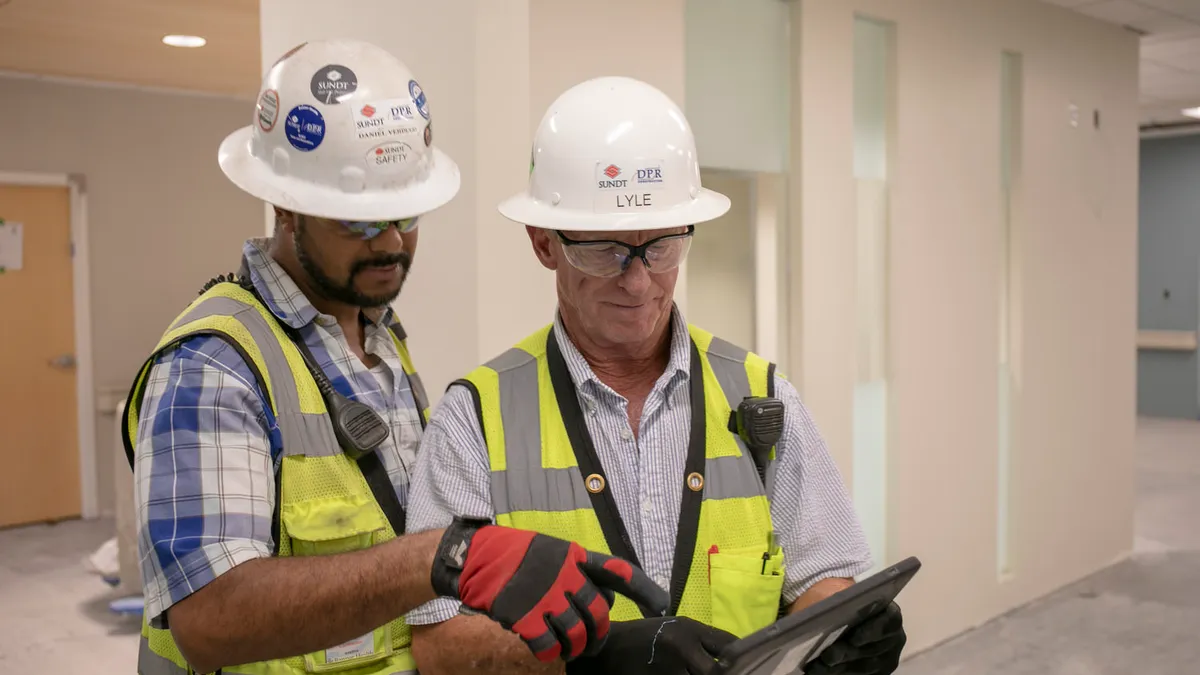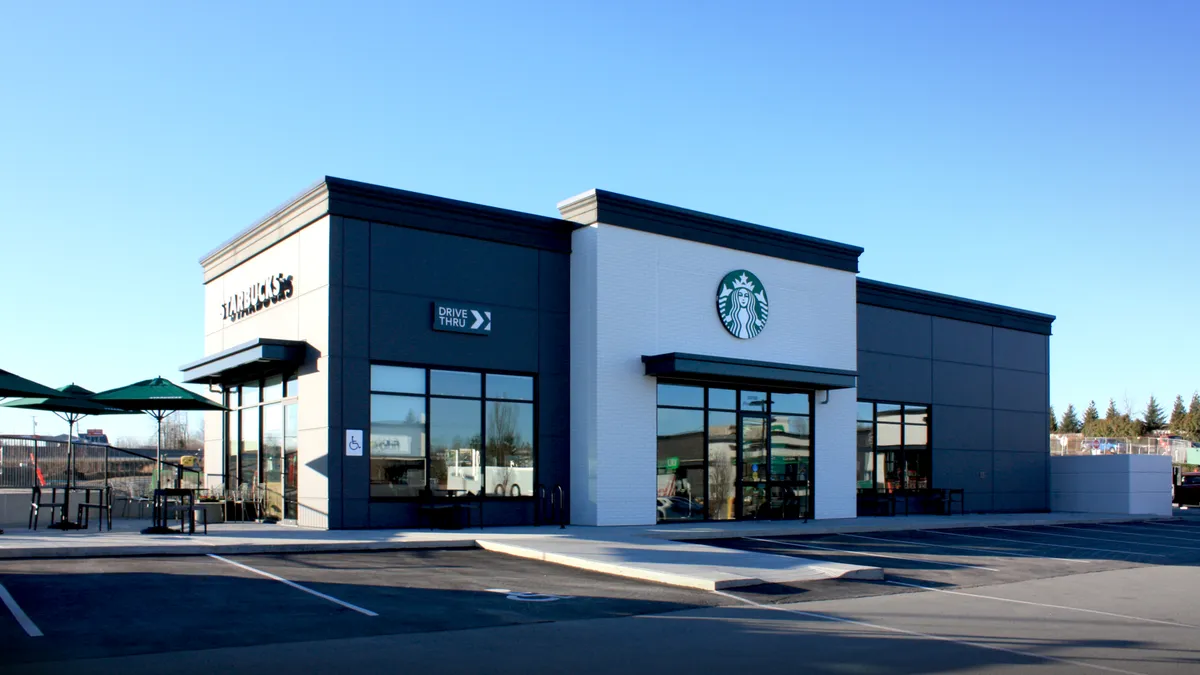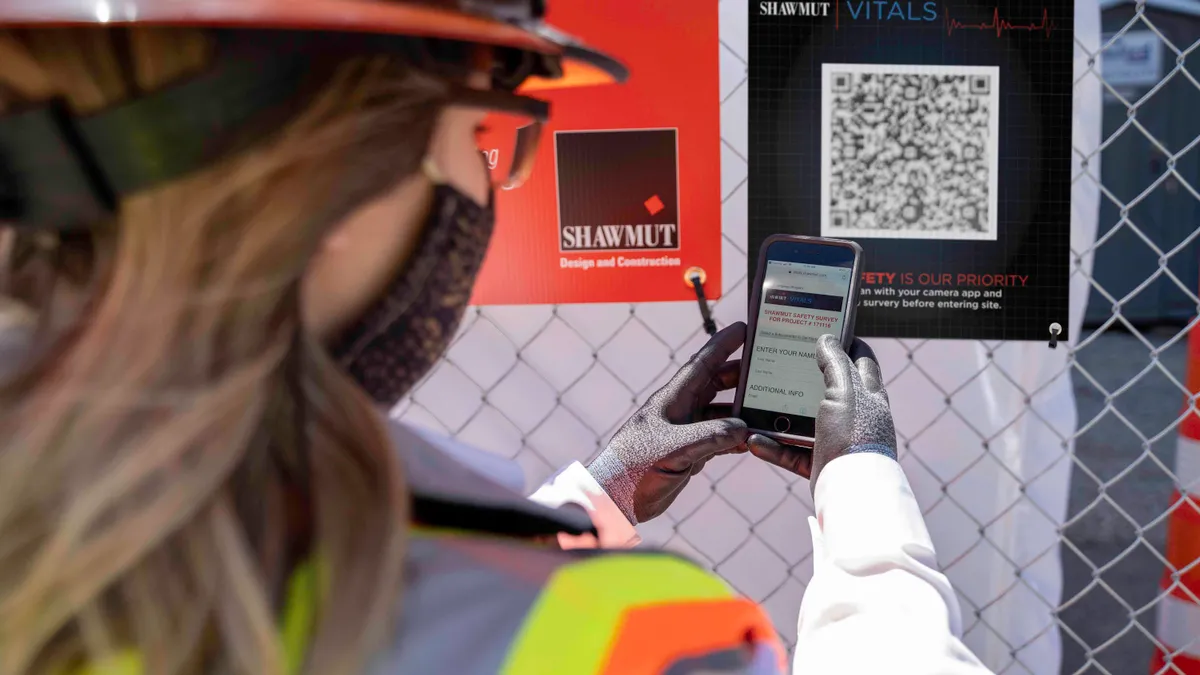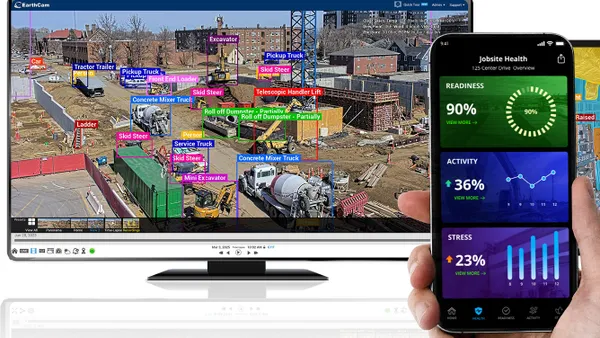Construction has a reputation for lagging when it comes to technology adoption.
The pandemic, however, forced many contractors to monitor jobsite progress remotely. Preexisting issues in the industry compounded as new ones arose from the pandemic, said Graham Hunter, CEO and founder of 3D laser scanning company GeoSlam. As work continues and new projects begin, contractors are figuring out which practices to carry on as standard.
GeoSlam, which is based in the U.K., recently launched a platform for monitoring projects through generated cloud point data. The Construction Progress platform uses a GeoSlam handheld scanner to collect data, process it and generate a model displaying changes on site by date and time.
Construction Dive spoke with Hunter to learn more about his take on construction's tech adoption reputation, issues facing construction today and what both mean for the future.
The following has been edited for brevity and clarity.
CONSTRUCTION DIVE: The construction industry has a reputation for being behind on tech adoption. Why is that?
GRAHAM HUNTER: Innovation in construction gets a bad rap, often flouted as an industry falling behind others in embracing technology. This feels somewhat unfair. As a "bricks and mortar" industry, it's heavily reliant on equipment, machinery and a hands-on workforce in many aspects. In recent years though, and certainly spurred on by the effects of the global pandemic, many forward-thinking construction companies have adapted and deployed innovative solutions to save both time and money. However, few companies have captured the full benefits of digital technology.
Piloting tech is one thing, but getting company-wide adoption is another. As construction projects are typically fragmented, there are a number of logistical, financial and physical obstacles for companies to overcome. Pressure has now begun to mount on the sector though, with rising populations and demand for housing reaching a boiling point in the post-pandemic boom.
Construction technology is reshaping the industry, helping both large and small teams meet deadlines, keep project costs to a minimum and ensuring that workers stay safe in what can be hazardous environments. But in order to stay ahead of the competition and meet those demands, construction firms across the globe must embrace these new innovations rather than shy away from investing in their future.
Why is project mapping and documenting important?
Project mapping and documenting throughout construction is imperative for staying on track, particularly with numerous stakeholders, suppliers and customers involved. And with much of the world either working remotely or embracing hybrid work models as a result of the ongoing pandemic, access to live project updates has become even more of a challenge for the sector.
Being able to see the progress of a project gives management and those working on site clear and objective visibility of progress, broken down into various stages of the build process. It helps to avoid missed milestones or costly disputes between contractors and building owners, and highlights issues ahead of time.
While more businesses are beginning to embrace digital tech, the construction process remains one of the least digitized industries in the world.
The trend toward automated processes has to be seen as the future of the industry as ever-increasing demand, as well as time and financial pressures, only continue to grow.
How can smaller contractors building smaller projects use emerging technology?
The key benefits of using this technology is the ease and speed at which tasks can be completed. These improvements are invaluable for large contractors, enabling them to not only meet project demands but also collaborate effectively with growing teams who may be split across various networks and locations.
But even more so, it would be integral to the survival of smaller firms who, with manual and traditional tools still at their disposal, are unable to deliver the mass output that bigger firms can achieve.
Technology offers greater scope for smaller construction firms. Easy-to-use, handheld scanning devices not only significantly cut costs, but also don't require specialist knowledge or experience to carry out an accurate and highly detailed scan. Companies that rely on terrestrial scanners to map a location, however, would be hampered by the cost implications that come with outsourcing to an expert.
What are some of the biggest issues facing construction today?
By 2050, the global population is predicted to hit 9 billion, with other statistics suggesting two in three people will be living in cities. With this in mind, the demand for better, faster and greener construction has never been more apparent. Added to this, the pandemic has increased the pressure on the construction industry to help "level-up" the economy.
But, without the technology to keep pace, how can construction companies hope to fulfill this ambition?
The majority of processes used in the sector still heavily rely on manual applications which are prone to human error, ultimately leaving companies exposed to risk. In the sector, there is a three in four chance the scheduled completion date will be delayed by 40% or more on megaprojects, meaning that costly delays and expensive overruns are commonplace for firms who fail to automate. Well-deployed technology could work to resolve these issues.



